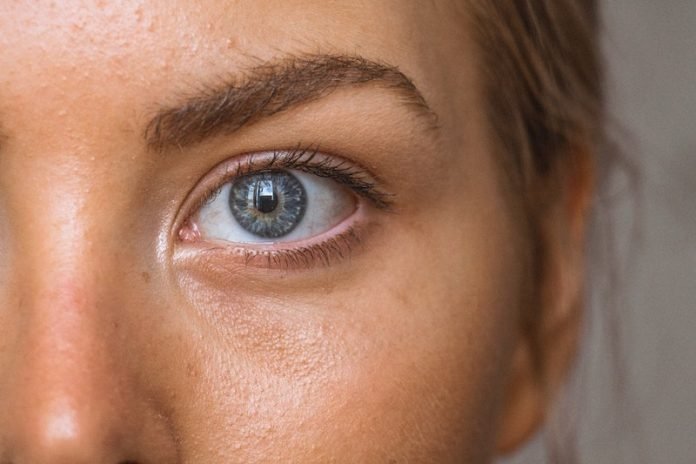
In a new study, researchers have developed a new method of injecting healthy cells into damaged eyes.
The technique could point the way toward new treatments with the potential to reverse forms of vision loss that are currently incurable.
The research was conducted by a team at the University of Toronto.
Around the world, millions of people live with vision loss due to conditions such as age-related macular degeneration (AMD) or retinitis pigmentosa. Both are caused by the death of cells in the retina, at the back of the eye.
The cells that are responsible for vision are the photoreceptors, which have an intimate relationship with another type of cell known as retinal pigmented epithelium (RPE) cells.
In AMD, the RPE die first, and this then causes the photoreceptors to die.
Many researchers have experimented with treatments based on injecting healthy photoreceptors or RPE cells into the eye to replace the dead cells.
But integrating the new cells into the existing tissue is a major challenge, and most injected cells end up dying as well.
In the study, the team used engineered biomaterials known as hydrogels to promote the survival of newly injected cells after transplantation.
The hydrogels ensure an even distribution of cells, reduce inflammation, and promote tissue healing in the critical early days post-injection. Eventually, they degrade naturally, leaving the healthy cells behind.
The team tested the method in a degenerative mouse model resembling AMD.
They found that mice who received the treatment regained about 10 percent of their normal visual acuity. Those who received either cell type on its own showed little to no improvement.
Treated mice were also more active in dark chambers than light ones, showing that these nocturnal animals could once again distinguish light and shadow.
The team says they will demonstrate the benefit of this strategy in multiple animal models.
And they also need a source of human photoreceptor cells and a way to further improve cell survival.
One author of the study is Professor Molly Shoichet.
The study is published in Biomaterials.
Copyright © 2020 Knowridge Science Report. All rights reserved.




